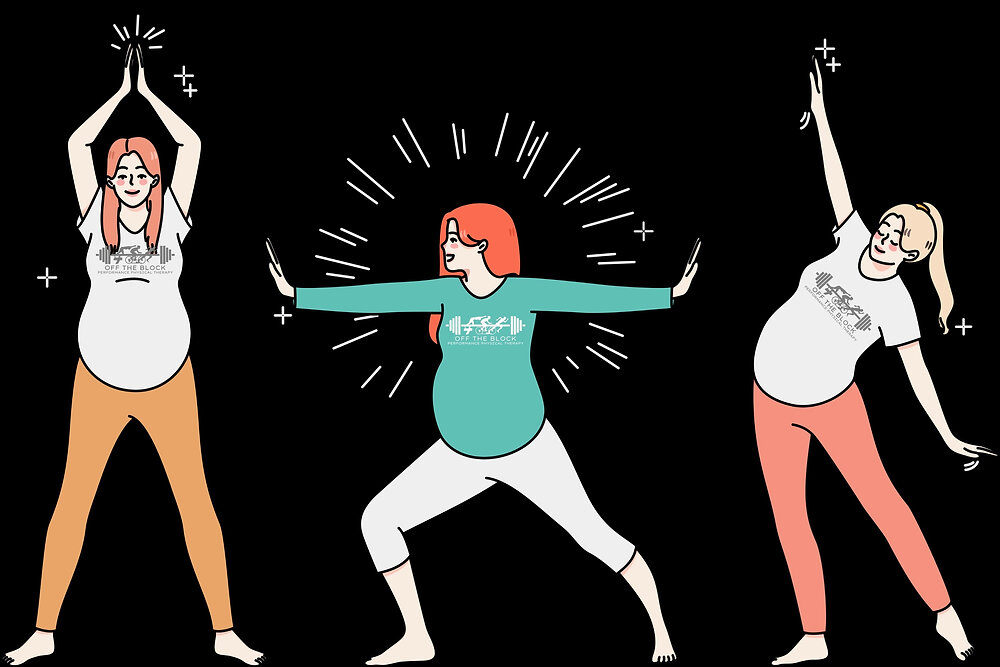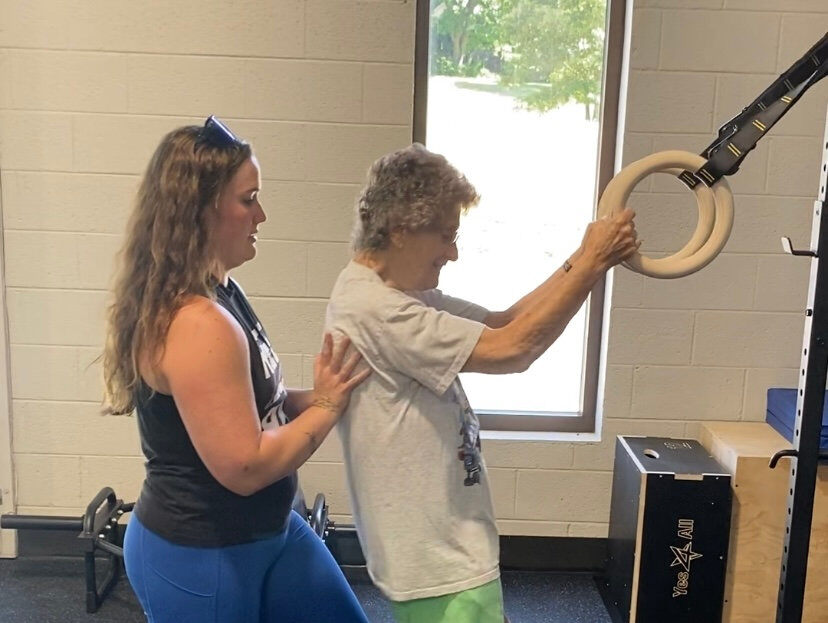Physical therapy plays a crucial role in recovering from injuries, managing chronic conditions, and improving overall mobility. However, for those seeking to not only regain their previous level of functioning but also build strength and resilience, the integration of weight training into their rehabilitation regimen can be a game-changer. In this blog post, we'll explore the benefits of supplementing physical therapy with weight training and provide insights into how this combination can lead to a more comprehensive and effective recovery journey.
The Synergy of Physical Therapy and Weight Training
Physical therapy focuses on restoring and enhancing physical function, alleviating pain, and preventing future injuries. It employs a range of techniques, including exercises, stretches, and manual therapies. Weight training, on the other hand, is a component of physical therapy that involves resistance exercises that target specific muscle groups, leading to muscle hypertrophy and increased strength.
By combining physical therapy and weight training, individuals can experience a synergistic effect that addresses both functional recovery and muscle strength development. While physical therapy targets the underlying issues and improves joint mobility and stability, weight training complements these efforts by increasing muscle mass, improving bone density, and enhancing overall physical performance.
Benefits of Supplementing Physical Therapy with Weight Training
Muscle Strengthening: Physical therapy in conjunction with weight training provides the stimulus needed to rebuild and strengthen muscles, aiding in better support and stability for the affected areas.
Improved Joint Stability: Weight training engages not only the targeted muscles but also the supporting muscles and connective tissues around the joints. This enhanced joint stability can reduce the risk of future injuries.
Enhanced Bone Health: Weight-bearing exercises are known to improve bone density and reduce the risk of osteoporosis. Integrating weight training into a rehabilitation plan can help individuals maintain and enhance their bone health.
Pain Management: Weight training triggers the release of endorphins, which are natural pain relievers. This can complement the pain management goals of physical therapy, helping individuals cope with discomfort more effectively.
Functional Progression: As physical therapy helps individuals regain their range of motion and functionality, weight training can aid in taking this progress a step further. Strength gained from weight training can assist in performing daily activities and even participating in sports or hobbies
Psychological Well-being: Engaging in weight training can boost self-confidence and improve one's sense of accomplishment. This psychological benefit can be particularly valuable during a recovery period when motivation might be low.
Long-term Resilience: Incorporating weight training into rehabilitation fosters a proactive approach to health. By building strength and muscle mass, individuals can create a buffer against potential future injuries.
Guidelines for Incorporating Weight Training
Consultation: Before incorporating weight training into a rehabilitation plan, it's crucial to consult your physical therapist to ensure weight training is done safely and effectively. They can help tailor a program that aligns with your specific needs and goals.
Start Slowly: Begin with lighter but still challenging weight that allows you to focus on proper form and technique. progressively increase the intensity as your strength and endurance improve.
Targeted Exercises: Select exercises that are functional and complement your physical therapy goals.
Balanced Approach: Maintain a balance between muscle groups to avoid muscle imbalances, which could lead to further issues down the line.
Rest and Recovery: Adequate rest is essential for both healing and muscle growth. Alternate weight training sessions with days of rest to allow your body to recover.
Client Success Story:
Terri from Clemson, SC reached out to us after she received a diagnosis of osteoporosis and osteopenia from her internal medicine doctor. She had no prior history of strength training or a formal exercise program. We were able to not only come up with a customized plan for Terri utilizing at home equipment, but also teach her the parameters of weight lifting so that it becomes an established part of her daily routine. We were able to guide Terri along the way, ensuring any old injuries and muscle imbalances were addressed, but also dosing her exercise appropriately to ensure stimulation of bone growth.
The combination of physical therapy and weight training offers a holistic approach to recovery and strength building. While physical therapy addresses mobility, pain, and functional restoration, weight training empowers individuals to rebuild their strength, prevent future injuries, and enhance their overall quality of life. By working closely with a physical therapist, you can create a tailored plan that maximizes the benefits of both modalities, leading to a well-rounded and successful rehabilitation journey.

.png?width=1280&height=720&name=Untitled%20design%20(22).png)




